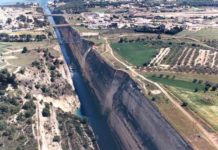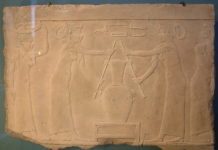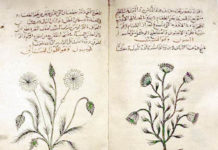An American aircraft designer, Glen Curtiss, had already built a machine to attempt the first trans-atlantic flight, when the outbreak of World War One forced him to cancel his plans. But wartime needs greatly assisted the design and development of long-range aircraft, and several of the record flights in the post war years were made in military-designed planes.
Charles Lindbergh 1902 – 1974
While growing up on a farm near the small midwestern town of Twin Falls, Minnesota, Lindbergh was fascinated by speed. “Lucky Lindy” became a hero overnight when on May 20-21 1927 he flew from Roosevelt Field, Long Island in America, to Le Bourget airfield near Paris, the first solo-flight non-stop across the Atlantic.
Fascinated by flying, Lindbergh had left university to go to pilot’s school and then took part in flying circuses across America. The Spirit of St. Louis, his plane for the Atlantic flight, was a specially built Ryan monoplane made in San Diego, California.
After 1936 he was especially important in warning the United States of the rise of Nazi air power, and helped with the war effort in the 1940s by serving as a consultant to the government and aviation industry.
Amy Johnson 1903 – 1941
Amy Johnson, the first woman to obtain the Air Ministry’s Ground Engineer’s licence, had only completed flights from London to Hull when on May 5 1930 she set out to fly solo to Australia in a Gipsy Moth Jason. She reached Karachi in the record time of six days, and Darwin in Northern Australia on May 24. Returning home in triumph she received a prize of £10,000 from the Daily Mail. Later she completed record flights across Siberia (1931) and to Cape Town (1933).
The outbreak of war in 1939 meant Amy could became a pilot in the women’s section of the Air Transport Auxiliary, flying machines and men to wherever they were needed. Tragically, however, on 5th January 1941, she drowned when the plane she was flying crashed into the Thames Estuary during rough weather. Intrepid and cool-headed, she was one of the greatest long-distance fliers.
Polar Aviation
Aircraft also played a role in pure exploration, particularly in polar regions. The most famous polar aviator was Richard Evelyn Byrd (1888 – 1957) a United States Navy pilot who on May 8-9 1926 flew over the North Pole. Three years later he went with a large well-equipped expedition to the Antarctic to establish the base he called Little America. From there, on a flight lasting almost sixteen hours, he flew over the South Pole, circling it on the morning of November 29th in a Ford tri-motor plane.
Both Amy Johnson and Charles Lindbergh were able to achieve their dreams by reaching for the skies and will be remembered as the greatest of long-distance fliers.
References:
- Alef, D (2008) Charles Lindbergh: The Lone Eagle. Titans of Fortune Publishing
- Luff, D (2002) Amy Johnson: Enigma in the Sky. The Crowood Press Ltd








